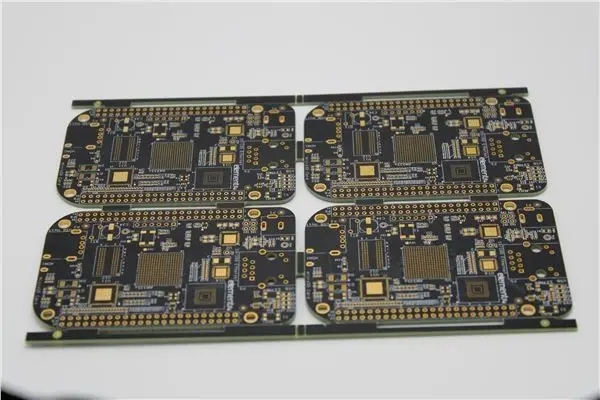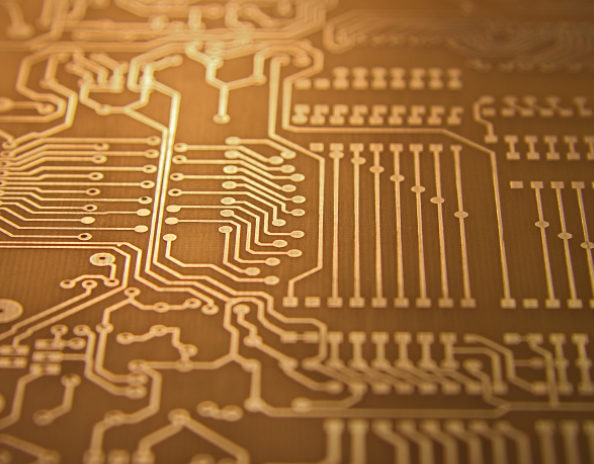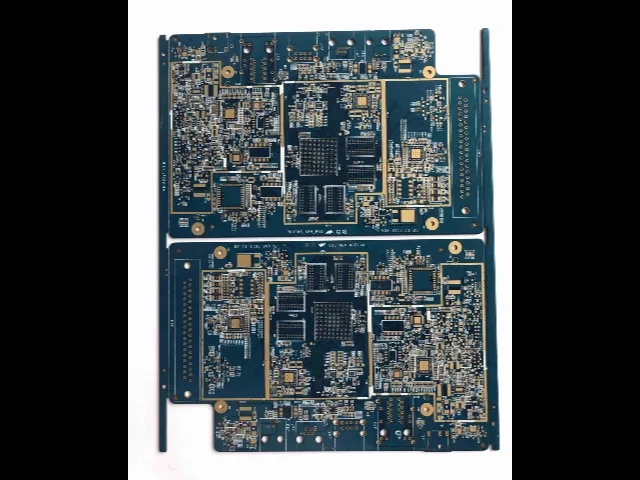
Analysis of PCB via plug oil process with very practical value
Printed circuit boards, also known as printed circuit boards, are providers of electrical connections for electronic components.
Printed circuit board is usually represented by "PCB", not "PCB".
PCB design is mainly layout design; The main advantage of using circuit board is to greatly reduce wiring and assembly errors, and improve the automation level and production labor rate.
Printed circuit board can be divided into single panel, double panel, four layer board, six layer board and other multi-layer circuit boards according to the number of circuit board layers.
As PCB is not a general terminal product, the definition of its name is slightly confused. For example, the motherboard for personal computers is called the motherboard, but not the circuit board. Although there are circuit boards in the motherboard, they are not the same. Therefore, when evaluating the industry, they cannot be said to be the same. Another example: because there are integrated circuit parts loaded on the circuit board, the news media call it IC board, but in fact it is not the same as printed circuit board. The printed circuit board we usually refer to the bare board - that is, the circuit board without upper element devices.

First of all, when we are ready to produce a PCB, we can usually judge whether it is a single-layer or a multi-layer board and the number of faces of the board at the file viewing stage. In double-sided boards and multilayer boards, in order to connect the printed wires between the layers, the processing method is to open a common hole when the machine drills at the intersection of wires to be connected between different layers. In this way, we call it through hole, also known as metallized hole. But pay attention to the outer diameter and drilling size of the hole when drilling. There are three ways to deal with vias: through hole opening, through hole cover oil and through hole plug oil. Mr. Chen will come to analyze the process of through hole plug oil.
Through hole plugging technology means that the inner surface of the through hole is made with ink. The key and difficult points of this treatment method are the quality and compactness of the plug hole. Through hole plugging oil first plugs ink into the entire hole of the hole, and then the hole cannot be blocked by light transmission. In this way, the ink on the solder mask ring will not flow into the hole, thus achieving the effect of no yellowing of the hole. The smaller the through-hole, the easier it is to plug. The through-hole of fort oil is not easy to be too large, with a maximum of 0.5mm. Therefore, it is recommended to cover the hole with oil if it is larger than 0.5mm. The primary standard for processing and inspection of the via plug oil process is that it must not be transparent, and it must be covered and blocked with ink. Secondly, there should be no yellowing trace at the orifice, and tin should not be touched in the internal test, otherwise the conductivity will be affected. The via plug oil process is an important supplement to the via cover oil. Generally, high quality PCBs require via plug oil.
The vias mentioned above are usually used for interlayer conduction. However, there are many processes that play the role of interlayer conduction. The reason for using via cover oil is to avoid short circuit when using the board. As a supplement for plugging oil, it not only ensures the electrical performance, but also avoids the risk of short circuit with other components during use. Therefore, if some PCBs need via as a test point or heat dissipation, they will do via windowing.
PCB manufacturers, PCB designers and PCBA manufacturers will explain the process analysis of PCB via plug oil, which is of great practical value.









